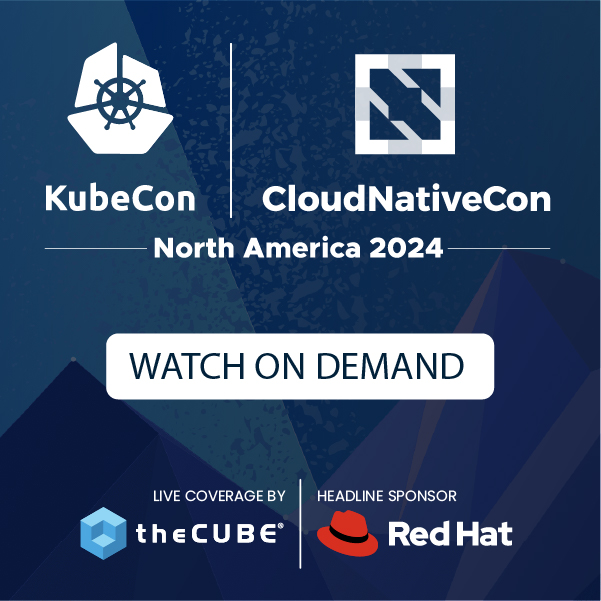Cisco Strikes Cautious Tone with Q4 2010 Results
Cisco is a bellwether company and a leading indicator of tech market sentiment. It called the recession early and was one of the first companies to call the bottom and forecast strong growth in the first half of 2010. That’s why tracking Cisco’s results are so important, especially in uncertain times.
Yesterday, Cisco reported its fourth quarter earnings and while profit surged 79% relative to the same period last year, and revenue grew 27%, the company’s top line revenue came in somewhat below expectations. More troubling was Cisco’s guidance that despite its forecasts of 18-20% revenue growth next quarter (relative to 2009’s Q1), its outlook going forward is somewhat uncertain and it expressed concerns about the pace of the global economic recovery. Cisco’s tone underscores broader market worries about second half softness and is especially notable because Cisco is the first major tech company to report results that include the month of July; hence its public statements provide better visibility on the second half.
In particular, it appears that corporate buying has slowed in the summer months, especially in areas of technology capital spending (PC’s, big iron and software are clearly off in July and so far through August). As well, despite some bright spots, housing markets, employment and consumer spending are all uncertain right now as consumers are paying down debt and saving more. With tax hikes looming there are further concerns about constricting economic growth and clearly the Fed’s recent action, while symbolic signaled a change in sentiment that had the stock market reeling yesterday.
Cisco’s John Chambers made the following statement:
The Federal Reserve’s comments yesterday that the pace and output of the recovery has slowed in recent months, and that the recovery is likely to be more modest in the near term than had been anticipated just a few months ago, are comments that most of our large customers that I have talked with recently would agree with.
Chambers elaborated on these comments indicating that he’s concerned about factors that Cisco can’t control or influence and specifically cited GDP growth, unemployment and uncertainty in Europe. Despite these concerns, Cisco continued to print money, posting a profit for the quarter of $1.94 billion on revenue of $10.84 billion. It’s financial condition remains superb as evidenced by the following:
- Cash flows for the quarter increased to $3.2B up from $2.0B compared to the same period a year ago. Cisco generated $10.2 from cash flows for the full year.
- Cisco has a monster balance sheet with $39.9B in cash and equivalents at the end of the July period.
- Days sales outstanding (DSO) and inventory turns crept up slightly in the quarter but remained relatively steady.
The Angle on Cisco’s Quarter
We are in the midst of a tectonic market shift from IT that is predominantly dominated by internal investments to one that is shifting toward external service providers. The recession has accelerated both the adoption and awareness of cloud computing by 12-18 months and observers should expect the corporate shift we’re seeing in emphasis from CAPEX to OPEX to be permanent. CEOs are tuned in to the consumerization of IT and are sensitized to the fact that services like Gmail, Salesforce, Amazon and many others are readily available, on demand with relatively outstanding service levels as compared to internal IT. Despite the potential security and privacy risks, the promise of cloud computing and pay-as-you-go models is simply too alluring.
For large corporations like Cisco, spending on cloud is not great enough yet to offset the decline in traditional businesses and as a result, many bumps will be encountered especially for established players with huge market shares. Given Cisco’s exposure from it’s exceedingly high share in its core segments, its financial performance is quite remarkable. HP, IBM, Cisco, Intel, Microsoft, Oracle and EMC are the most exposed players and the managements of these firms will be tested to navigate through the new waves of buying. Recognizing the trend is not sufficient, rather having clear strategies and offerings to participate in earnest in cloud markets is required. The most obvious play is to sell directly to cloud service providers (CSPs) which consume massive amounts of equipment and are generally outpacing the broader market growth by a factor of 5-10X.
Successfully selling to these firms is becoming compulsory and is causing vendors to re-assess sales models, cost structures, pricing strategies and servicing operations. Balancing these items is non-trivial especially for Cisco which has dominated its markets in the face of many years of competitive threats. For Cisco, perhaps more than any other firm, maintaining its growth rates will be a huge challenge due to three main factors:
- The sheer size of the company makes it harder to grow faster than the market average.
- Attempts, especially from HP, to position itself as a clear second choice to Cisco by commoditizing network equipment and attacking Cisco’s price and margin umbrella.
- Efforts from smaller firms such as Juniper, Arista and others to ‘flatten’ the network and specifically target CSPs with a value proposition that is compelling.
These threats are why Cisco is aggressively diversifying its business into adjacent markets such as servers and video conferencing. Its success to date navigating through these transitions is what makes Cisco’s financial progress to date so impressive. The IT industry is consolidating and there are a handful of players that set the tone and direction of the marketplace. It has become an oligopoly of sorts and Cisco is clearly one of the major players moving pieces on the chessboard through its strategies, partnerships and acquisitions.
Pay close attention to Cisco as an indicator of market health. It’s latest moves: Strike a cautious tone to set expectations, watch expenses and invest heavily in strategic growth areas.
A message from John Furrier, co-founder of SiliconANGLE:
Your vote of support is important to us and it helps us keep the content FREE.
One click below supports our mission to provide free, deep, and relevant content.
Join our community on YouTube
Join the community that includes more than 15,000 #CubeAlumni experts, including Amazon.com CEO Andy Jassy, Dell Technologies founder and CEO Michael Dell, Intel CEO Pat Gelsinger, and many more luminaries and experts.
THANK YOU













